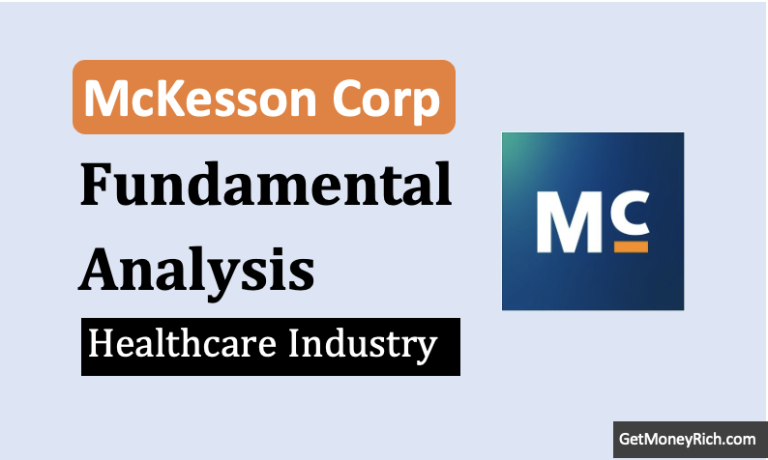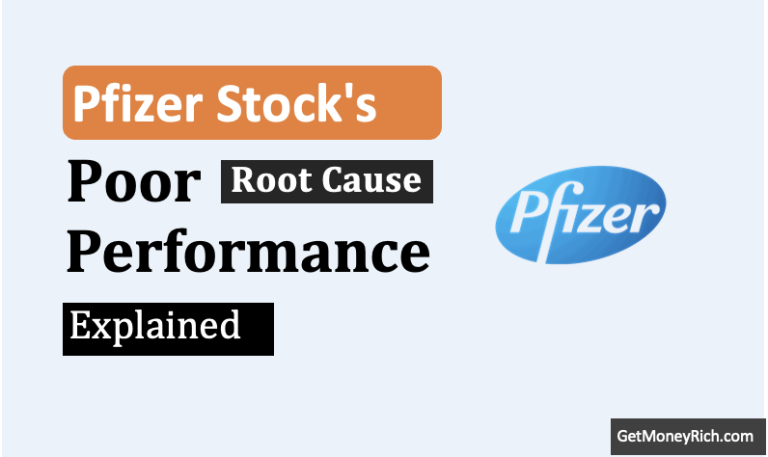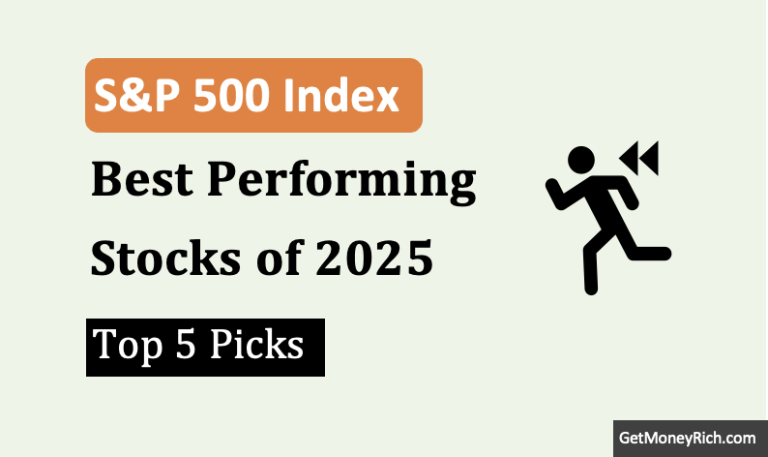Digi International Inc. operates in the Internet of Things (IoT) landscape. They offer hardware and software solutions that enable connectivity, security, and management of connected devices across various industries. The company’s core business revolves around providing cellular routers, gateways, and modules that facilitate machine-to-machine (M2M) communications. Their application is primarily in smart energy, transportation, healthcare, and industrial automation industries.
Their product line includes devices like:
- Digi ConnectCore system-on-modules: It is used to embed connectivity into products.
- Digi XBee for wireless connectivity in industrial environments.
- Digi Remote Manager is a software solution from Digi. It provides tools for centralized management and security of IoT devices. It thereby simplifies the deployment and maintenance of complex IoT networks.
The primary source of cash flow for Digi International comes from the sales of these hardware devices. Cash flow generation is also done from the recurring revenue from software and service subscriptions. This blend of product sales and service-based income creates a diversified revenue stream.
The services component offering a more predictable cash flow due to its subscription nature. This model not only supports the company’s financial stability but also aligns with the growing demand for managed IoT solutions. Here, the ongoing support and updates are as crucial as the initial hardware sale.
Given these dynamics, Digi International positions itself well within the IoT market. It has created a balance between high-tech product offerings and the continuous income from service contracts.
Table of Contents
1. Income Statement Analysis
First up, the bread and butter of any company – its ability to make money. We’re talking about Digi International’s revenue and profits here.
- Q1: Is the company consistently growing revenue and profits?
- Q2: How efficiently does it convert revenue into profit?
Here’s a quick rundown of some key income statement metrics:
| Metric | 9/30/2024 | 9/30/2023 | 9/30/2022 | 9/30/2021 |
| Revenue Growth (%) | -0.52% | -4.68% | 14.58% | N/A |
| Gross Profit Margin (%) | 60.03% | 58.94% | 56.70% | 54.00% |
| Operating Profit Margin (%) | 11.69% | 11.34% | 11.26% | 8.25% |
| Net Profit Margin (%) | 8.45% | 5.28% | 5.57% | 3.36% |
| EPS Growth (%) | 56.45% | -10.14% | 25.45% | N/A |
Observations:
- Revenue: Revenue growth has been inconsistent over the last 4 years. In the latest year, revenue declined. It’s important to dig deeper to see what the factors are behind the revenue decrease.
- Profit Margins: There has been a steady growth in the gross profit margin. Overall, the operating profit margin, and net profit margin are growing which is good.
- EPS Growth: EPS Growth has been volatile but has increased very sharply in the latest year.
What Does It Mean? While Digi International has shown growth in its profit margins over the years, the recent decline in revenue is a cause for concern. The volatility in the EPS should also be considered before making an investment decision. It will be very important to examine what the causes of this decline in revenue are.
2. Balance Sheet Analysis
Now, let’s check if Digi International is sitting on a solid foundation. A strong balance sheet can be a lifesaver when the economy gets rocky.
- Q1: Does the company have too much debt?
- Q2: Can it comfortably pay off its liabilities?
Here are the metrics I’m keeping an eye on:
| Metric | 9/30/2024 | 9/30/2023 | 9/30/2022 | 9/30/2021 |
| Debt-to-Equity Ratio | 0.24 | 0.41 | 0.52 | 0.14 |
| Interest Coverage Ratio | 4.10 | 2.48 | 1.99 | 0.53 |
| Current Ratio | 1.73 | 1.93 | 1.72 | 4.18 |
| Quick Ratio | 0.96 | 1.04 | 0.79 | 3.43 |
| Return on Equity (%) | 6.13% | 4.16% | 4.94% | 2.19% |
| Return on Assets (%) | 4.37% | 2.69% | 2.90% | 1.67% |
| Return on Capital Employed (%) | 7.01% | 5.14% | 6.80% | 2.00% |
Observations:
- Debt-to-Equity Ratio: Digi International’s Debt-to-Equity Ratio has decreased recently.
- Interest Coverage Ratio: The interest coverage ratio is pretty safe now. However, this ratio has been volatile over the last 4 years.
- Liquidity: Both current and quick ratios are healthy, indicating good short-term financial health.
- ROE, ROA, and ROCE: All three metrics have been increasing steadily over the last four years. It is an indication that Digi International has been increasingly efficient in generating profits from its asset and capital base. A growing trend a very healthy indicator.
What Does It Mean? Digi International’s balance sheet seems to be on solid footing, but investors should watch out for the volatility in the interest coverage ratio. Additionally, the consistent improvement in ROE, ROA and ROCE suggests an improvement in the efficient utilization of the company’s resources.
3. Cash Flow Statement Analysis
Alright, let’s talk cash – the lifeblood of any business. It’s not enough to just look profitable on paper; you need to be generating actual cash!
- Q1: Is the company generating real cash or just showing accounting profits?
- Q2: Does it have enough cash to reinvest and pay dividends?
Here’s what the cash flow statement reveals:
| Metric | 9/30/2024 | 9/30/2023 | 9/30/2022 | 9/30/2021 |
| OCF Growth (%) | 13.29% | 126.10% | -2.65% | N/A |
| OCF to Net Profit Ratio | 2.64 | 3.69 | 1.48 | 5.57 |
| Free Cash Flow (FCF) | 91628 | 80866 | 32406 | 35766 |
| Capex as % of OCF | 2.67% | 2.68% | 11.82% | 6.03% |
| Dividend Payout Ratio (%) | N/A | N/A | N/A | N/A |
Observations:
- Operating Cash Flow (OCF): OCF growth is solid, suggesting the core business is healthy.
- OCF to Net Profit Ratio: A very high ratio of operating cash flow to net profit indicates very high quality earnings.
- Free Cash Flow (FCF): The FCF is consistently positive, which enables future growth and stability.
- Capex as % of OCF: A low percentage of capital expenditure compared to operating cash flow suggests reinvestment in business is minimal.
- Dividends: Digi International does not currently pay dividends.
What Does It Mean? Digi International is a cash-generating machine! The fact that they don’t pay dividends means they’re likely reinvesting that cash back into the business or using it for other strategic purposes.
4. Valuation Analysis
Alright, now for the crucial question – is Digi International stock a bargain, fairly priced, or too expensive?
Q1: Is the stock priced attractively based on fundamentals?
Here are some valuation metrics to consider (Compared to its peers):
| Metric | DGII | IDCC | BDC |
| P/E Ratio | 35.94 | 17.77 | 23.94 |
| P/B Ratio | 2.16 | 6.42 | 3.58 |
| EV/EBITDA | 16.32 | -0.89 | 20.59 |
| Price/Sales | 3.05 | 6.33 | 1.88 |
Observations:
- P/E Ratio: Digi International’s P/E ratio of 35.94 is higher than both IDCC (17.77) and BDC (23.94), suggesting the stock is richly valued compared to these peers.
- P/B Ratio: At 2.16, Digi International has a lower P/B ratio as compared to peers.
- EV/EBITDA: While EV/EBITDA for DGII is 16.32, IDCC has negative EV/EBITDA.
- Price/Sales: DGII has Price/Sales ratio of 3.05, which is lower than the peers.
Which Multiple is a Better Indicator? The P/E ratio can be skewed by factors like a company’s capital structure (debt) and tax rate, whereas EV/EBITDA is often considered a more robust valuation metric because it’s capital structure-neutral. However, in Digi’s case, a high P/E ratio compared to peers but a lower EV/EBITDA multiple might suggest that while investors are paying a premium for current earnings (high P/E), the company’s overall enterprise value relative to its operating income (EBITDA) is more reasonable.
This could happen if the market anticipates stronger earnings growth for Digi International in the future. It could also be due to differences in depreciation, amortization, or other non-cash charges that affect net income but not EBITDA.
What Does It Mean? Based on these metrics, Digi International’s valuation presents a mixed picture. The high P/E ratio suggests the stock is trading at a premium. High PE multiple is driven by potentially high growth expectations. However, the lower EV/EBITDA multiple (compared to peers) indicates that the company’s overall enterprise value relative to its operating income is more in line with the market.
As an investor, we need to consider the company’s future growth prospects. We must dig deeper into its capital structure and non-cash charges before making a decision.
5. DCF Analysis (Intrinsic Value Estimation)
Assumptions:
- Base Year Free Cash Flow (FCF): We’ll use the most recent Free Cash Flow of $91.63 million (from 9/30/2024).
- Growth Rate (Years 1-5): Let’s assume a growth rate of 7% for the next 5 years. This assumes the company can bounce back from its revenue dip and benefit from industry growth trends.
- Terminal Growth Rate: We’ll use a conservative terminal growth rate of 2% to reflect long-term sustainable growth.
- Discount Rate (Cost of Equity): Let’s assume a discount rate of 9%.
Here’s a summary of the projected cash flows and present values:
DCF Calculation Table
| Steps | Calculation | Result (Millions) |
|---|---|---|
| Step #1. Projected Free Cash Flows (Next 5 Years) | Cash Flows For The Next Five Years | |
| Year 1 | $91.63 * 1.07 | $98.04 |
| Year 2 | $98.04 * 1.07 | $104.89 |
| Year 3 | $104.89 * 1.07 | $112.23 |
| Year 4 | $112.23 * 1.07 | $120.10 |
| Year 5 | $120.10 * 1.07 | $128.51 |
| Step #2: Terminal Value | All Cash Flows After The Fifth Year | |
| Terminal Value | ($128.51 * 1.02) / (0.09 – 0.02) | $1875.17 |
| Step #3: Present Value of Future Cash Flows | Future Cash Flow Discounting | |
| Year 1 | $98.04 / (1.09)^1 | $89.94 |
| Year 2 | $104.89 / (1.09)^2 | $88.27 |
| Year 3 | $112.23 / (1.09)^3 | $86.63 |
| Year 4 | $120.10 / (1.09)^4 | $85.02 |
| Year 5 | $128.51 / (1.09)^5 | $83.45 |
| Terminal Value | $1875.17 / (1.09)^5 | $1217.88 |
| Step #4: Enterprise Value | Sum of all Present Values | |
| Enterprise Value (EV) | $89.94 + $88.27 + $86.63 + $85.02 + $83.45 + $1217.88 | $1651.19 |
| Step #5: Equity Value | EV – Debt | |
| Equity Value | $1651.19 – $95.68 | $1555.51 |
| Intrinsic Value per Share | Equity Value / Shares Outstanding | |
| Intrinsic Value per Share | $1555.51 / 36.9 | $42.15 |
Calculations:
- Enterprise Value = Sum of Present Values = $1651.19 million
- Equity Value = Enterprise Value – Net Debt = $1555.51 million
- Shares Outstanding = 36.9 million
- Intrinsic Value per Share = $42.15
- Current Price per Share: $34.5
Conclusion
After a thorough examination of Digi International’s financials, a mixed picture emerges.
- On one hand, the company demonstrates several strengths. It has a solid balance sheet, high-quality earnings as indicated by a strong OCF to Net Profit ratio, and consistently positive free cash flow. These are hallmarks of a well-managed company capable of generating real value.
- However, there are also areas of concern that warrant caution. The revenue decline in the latest year and the high P/E ratio compared to peers raise questions about potential overvaluation and the sustainability of future growth.
- In addition, considering the market price of $34.5, DCF analysis revealed that market is undervaluing the stock (estimated intrinsic value is $42.15 per share).
Ultimately, Digi International presents a case where fundamental strengths are tempered by valuation concerns and some signs of slowing growth.
While the company’s strong cash generation and efficient operations are attractive, the premium valuation and recent revenue dip suggest that the stock may not be undervalued at its current price.
Have a happy investing.






